George Romero: The Man Who Ate My Brain
I’ve been struggling all week to write these words. George A. Romero has died. The father of the modern zombie-the man who singlehandedly wrought the cannibal undead as symbol for man as his own destroyer from that of the spellbound slaves of Haitian Vodou-and one of the most important filmmakers of all time has left the world of the living. Known primarily for his “Dead Trilogy” (now six films), he used his version of the zombie to explore societal issues few others dared to touch in his ghoulish, gory masterpieces. Few others have done as much as he-not only for horror, but independent filmmaking as well. George Romero was a master and visionary, a man profoundly ahead of his time.
50 years’ worth of films, television shows, video games, and comic books can be traced directly back to Romero’s groundbreaking first film, NIGHT OF THE LIVING DEAD. Countless people owe a tremendous amount to the man, myself included. I can unequivocally say that I would not be who I am today if it weren’t for that movie-for better or for worse. I have said before that I love monster movies more than anything, but, for a while there, it was zombies. Throughout high school, a great deal of my time was spent obsessing over the undead. This of course did nothing to help my case as a weird, unpopular kid, but that never really mattered to me. My friends and I were having too much fun staying up all night playing the Resident Evil games and watching the Evil Dead films (although THE EVIL DEAD owes much more to an obscure 1970 film titled EQUINOX, but I digress). And how could I forget SHAUN OF THE DEAD, the 2004 remake of DAWN OF THE DEAD, and even Lucio Fulci’s bizarrely incompetent trashfest ZOMBI 2-all of which would not exist had it not been for Romero.
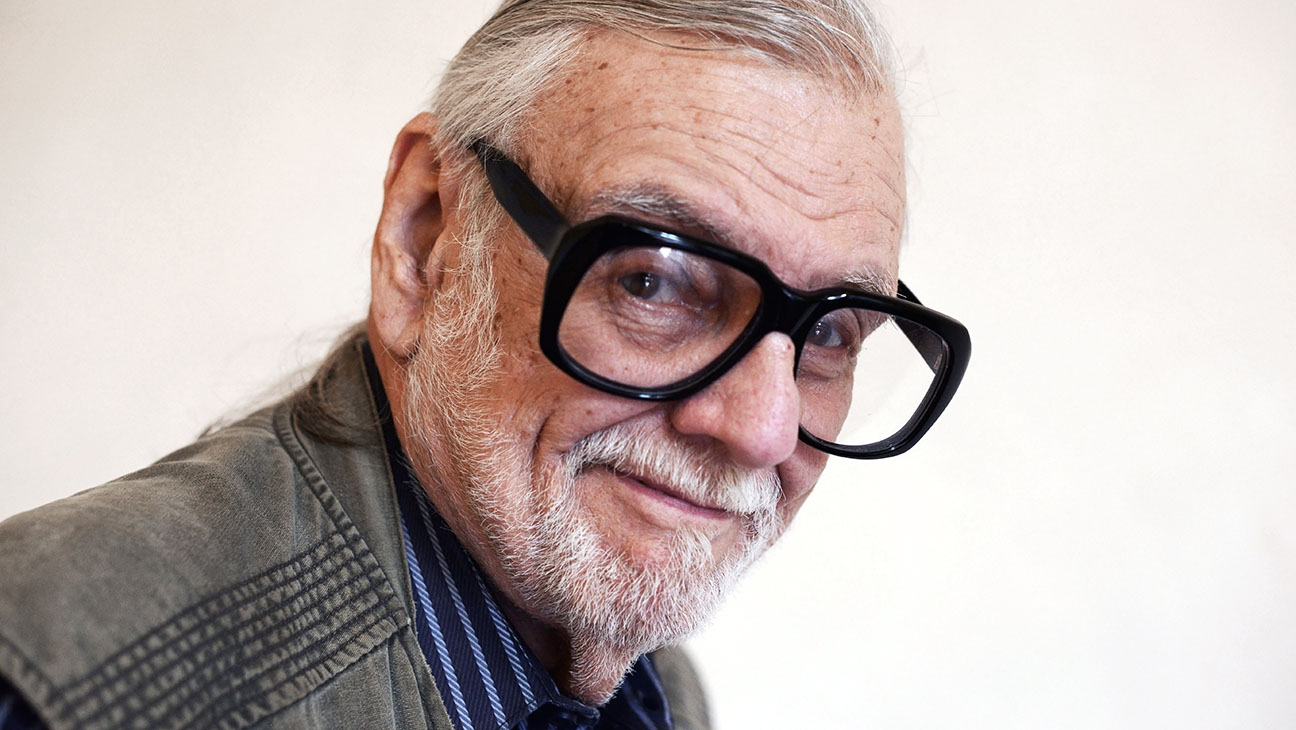
And then there was Romero’s own DAWN OF THE DEAD. The first time I got behind (and in front of) a camera was because of that movie. At my high school, it was required that seniors take an economics class. For the final project, students had to make a video advertisement for a product or service they had come up with. It sounded dreadfully boring, and it very well could have been, but we were given full creative freedom so long as we provided all the necessary information regarding pricing and the like. Once the teacher told the class about this project, a friend of mine turned to me and asked, “Okay, what are we doing?” Naturally, I said, “zombies.”
So, our final economics project-which the whole semester, and essentially our senior year rode on-turned into an overlong, over-the-top gorefest filled with fake blood (40 drops red food coloring to six drops blue for every quart of corn syrup), smashed watermelons, machetes, Airsoft guns like BB Gun Two Tone, and a whole bunch of extras who weren’t in the class (and some who didn’t even go to our school).
Bursting onto the scene with 1968’s gritty, deeply pessimistic NIGHT OF THE LIVING DEAD, Romero changed the game forever. With a mere $114,000 ($798,000 today), he redefined how films were made, setting the stage for countless imitators and laying the groundwork for a pop culture phenomenon that shows little sign of stopping. He shot hard and fast in existing locations-what would become known as guerilla filmmaking-ramping up the film’s immediacy and realism. And, due to lighting issues, he shot much of the film in closeup, giving the cramped sets an even more claustrophobic atmosphere. His film may not be scary or even very gruesome now, but it was something that had never been seen-or done-before. Up until then, audiences had been accustomed to happy endings, with good ultimately prevailing over the forces of evil, and everyone going home in one piece. Audiences were also used to seeing a white man as their protagonist-as a model of upstanding morality. In NIGHT, Romero gave neither. Instead, he focused on the breakdown of a group of survivors in the face of a mounting crisis.
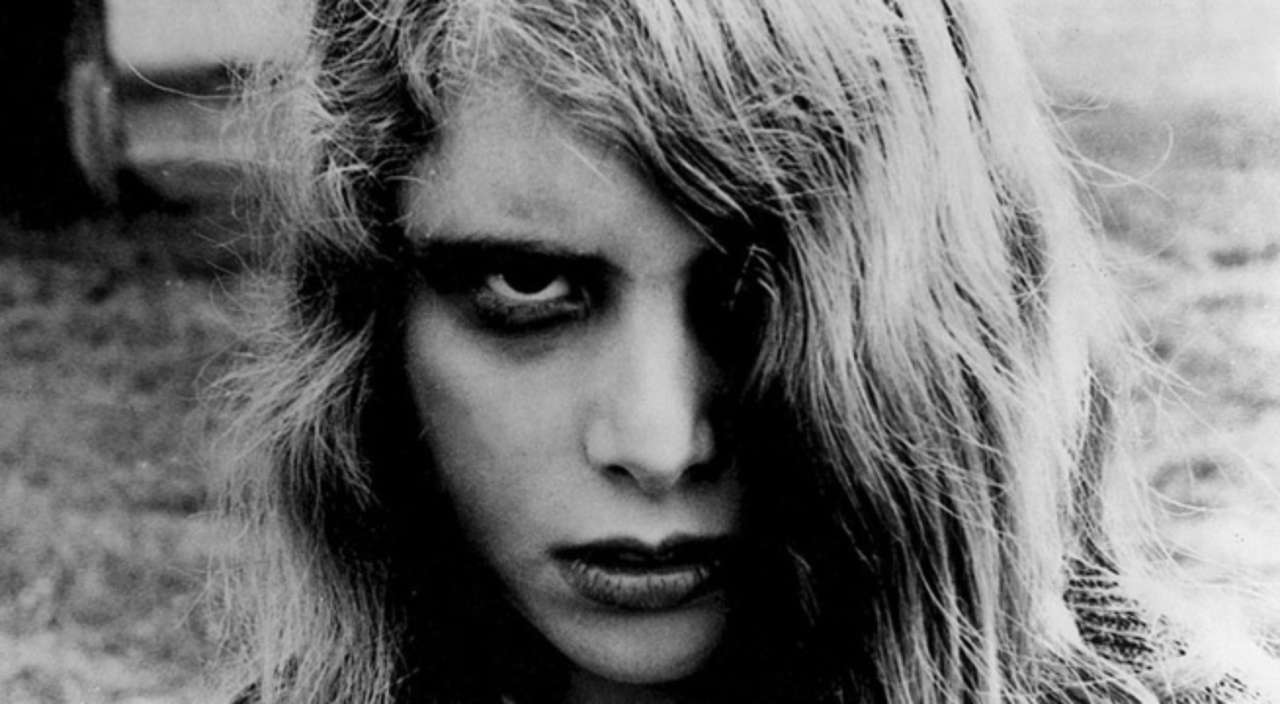
The film’s drama centers around the group’s inability to come together and function as a group just as much as it does on the impending doom presented by the hordes of reanimated dead. Their failure to unite and overcome is paralleled by the undead who, while mostly harmless on their own, are deadly in numbers. Worse still, the only one among the ragtag group who is level-headed and resourceful-competent, at that-is Ben. And though the film never makes any mention of it, Ben also happens to be black. In what was one of, if not the first subversive horror films, racism is examined not by conventional means of dialogue or plot, but through imagery. In one scene, Ben, armed only with a torch, fends off the dead (white, and dressed mostly in white) as they close in around him, mirroring historic scenes of American racial violence. And, in one of the most notorious-and brilliant-closing scenes in film history, despite making it through the night against all odds, Ben ends up getting shot in the head by a passing group of police and rednecks.
While NIGHT OF THE LIVING DEAD evoked the turmoil of the Civil Rights Movement and a divided nation, DAWN OF THE DEAD captured the ennui of the following decade, turning an eye to the mindless consumerism of a society that had lost sight of what truly mattered. In that film, wave after wave of undead, who are described as “nothing but pure, motorized instinct,” return to a mall where survivors have made something of a comfortable life for themselves. The only explanation offered for this behavior is that “they’re after the place. They don’t know why, they just remember. Remember that they want to be in here.” However, it would be Romero’s third Dead film that would crystallize his vision. Despite going through numerous script revisions and having its budget cut in half, Romero’s DAY OF THE DEAD remains a perfect synthesis of the themes of his previous two Dead films. Examining societal breakdown at the microcosmic level, Romero himself described it as a “tragedy about how a lack of human communication causes chaos and collapse even in this small little pie slice of society.”
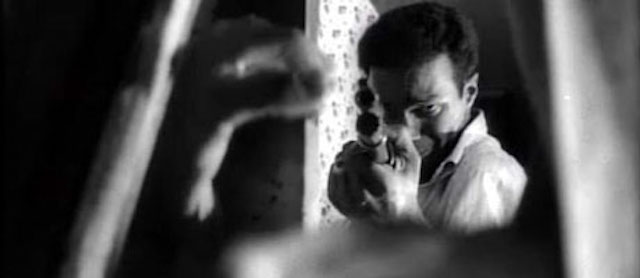
After the zombie pandemic has reached critical mass and the dead outnumber the living by some 400,000 to 1, the last holdouts of humanity reside in subterranean facilities. Here, trigger-happy soldiers under the command of brutish, headstrong Captain Rhodes exert their dominance over the dead and what few civilians remain alike, while a handful of largely ineffectual scientists fail at solving anything, working on their own projects instead. The factions, as it were, are fundamentally at odds with one another, tempers run high, and everyone is going stir crazy. It’s a recipe for disaster. But, as it becomes increasingly clear that there is no cure for zombism and that mankind faces the very real possibility of extinction, one of the scientists, Dr. Logan, begins to reappraise the whole situation.
Where DAY differs most from NIGHT and DAWN is in its conflict. The roving, flesh-eating hordes of the dead are no longer the enemy-inhumanity is humanity’s greatest foe. While the soldiers fantasize about putting a bullet in the head of every zombie, Dr. Logan alone recognizes the need for a new approach. His plan, insane as it is, is to train the undead so that they may live in peaceful cohabitation. One can only run and fight for so long, after all. And yet, due to impatience or ignorance or perhaps just a bad reaction to being challenged, Captain Rhodes and his men double down. When all you have is a hammer, everything looks like a nail. In the end, Logan isn’t killed one of his undead trainees, but by Rhodes himself. All of Logan’s progress is lost, and, soon after, the base is overrun. All but two die, all because of the others’ inability-no, refusal-to communicate and cooperate.
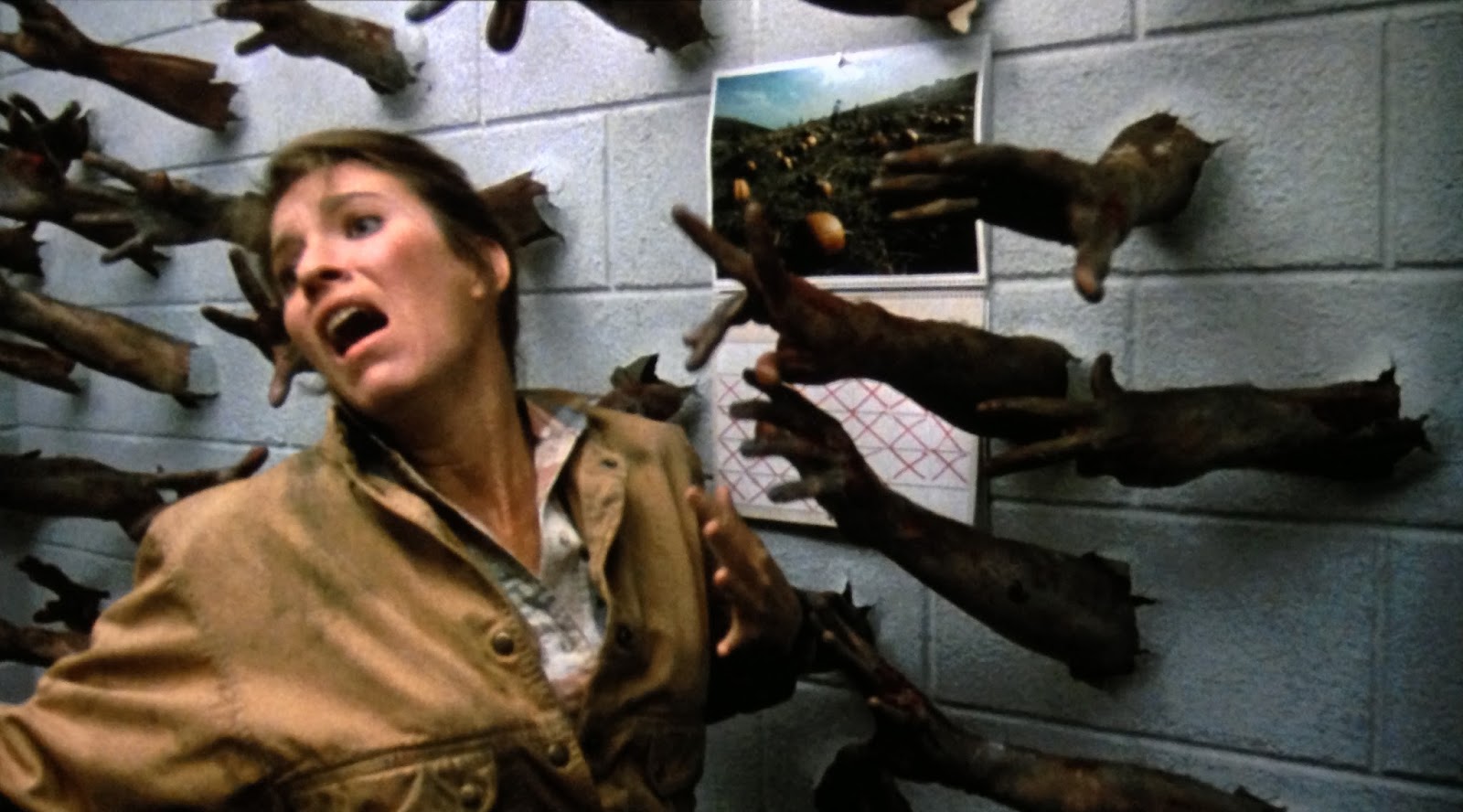
George Romero was, without question, way ahead of his time. Now, in a country seemingly hellbent on disemboweling itself without so much as taking a break from its usual business of destabilizing the rest of the world, his messages are perhaps more important than ever. With party lines becoming ever more inflexible and the distance between those with differing opinions widening into a perilous gulf, we face our own “epidemic of mass murder”-and no one is coming to our aid. Whether it’s the upswell in terrorist activity and racially and religiously motivated violence, any one of the over 150 mass shootings we’ve already seen this year, or the disturbing trend in unprovoked police attacks on innocent people, it’s clear that something is very, very wrong. We are at each other’s throats. And that is all to say nothing of those in power baldly attempting to force millions of people to fend for themselves, if not outright die, so that they may line their pockets.
Even more tragically-and especially for a world of instantaneous global communication-no one ever really seems to have a clear idea of what’s going on. We, like Romero’s characters, hover around our radios and TVs (our smartphones, that is), hoping for a piece of information we can make sense of and use. But reality has been replaced with narrative, and narratives are subject to being hijacked and distorted. With all the cries of “alternative facts” and “fake news” flying around these days, if a zombie outbreak did happen, we’d be fucked.
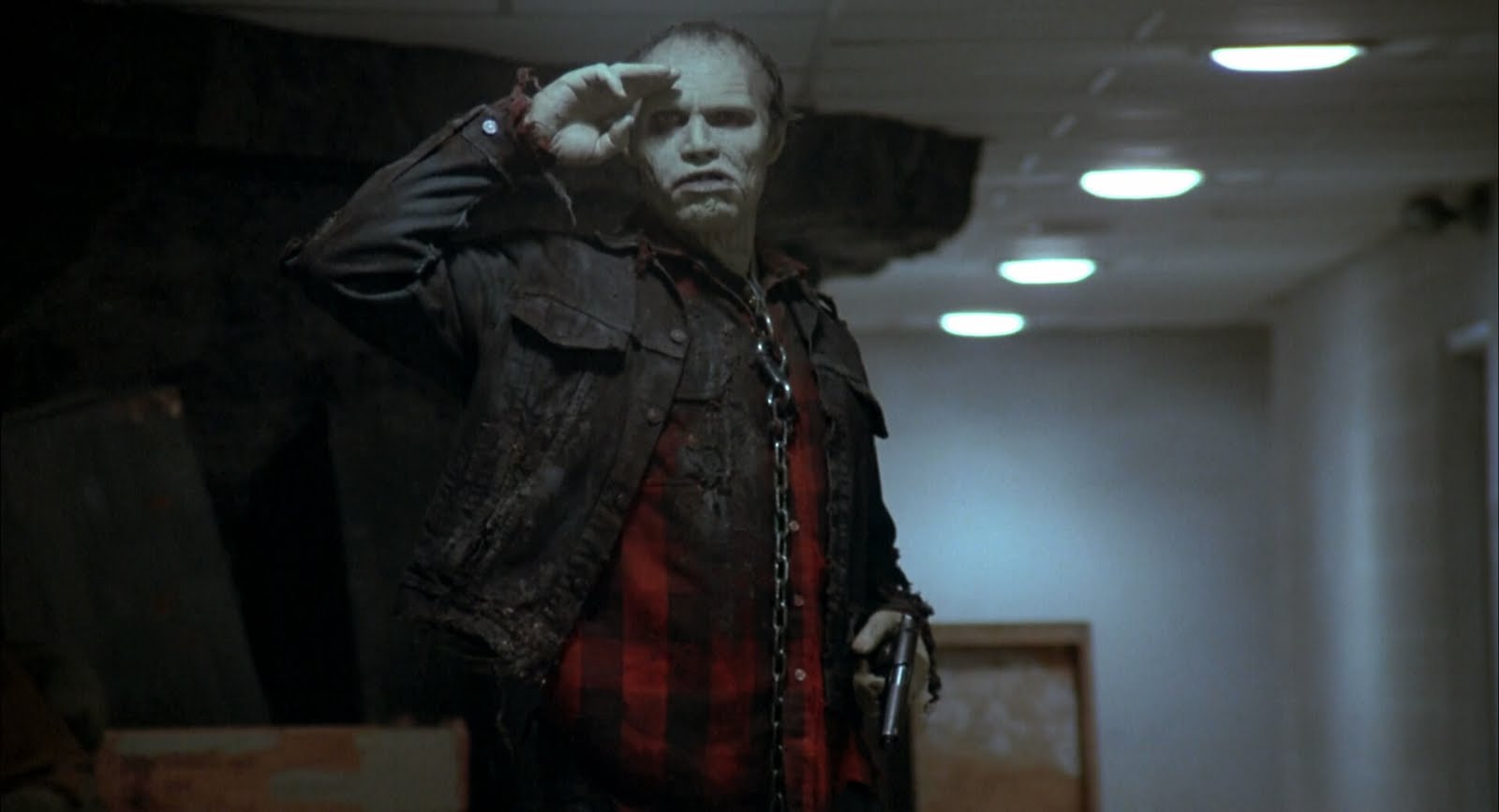
George Romero-beneath all the blood and guts, beyond the apocalypse-wanted to alert people to the real dangers of miscommunication. The failure of government, militarization over understanding and compassion, us vs them mentality, racism, strife, brutality-all are symptoms of that disorder. Our problems, let alone the world’s, will not be solved by doubling down and digging in. Nor will they be by ignoring or twisting facts to suit our needs. We must work actively, continually, and harder than ever before to understand one another and find common ground. Romero knew that. And he wanted future generations to know that as well.
Godspeed, Mr. Romero.

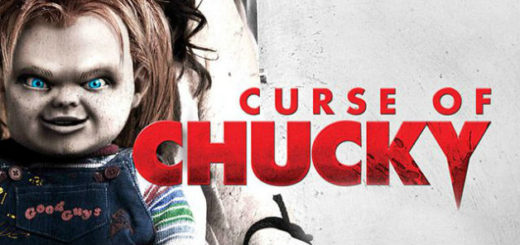
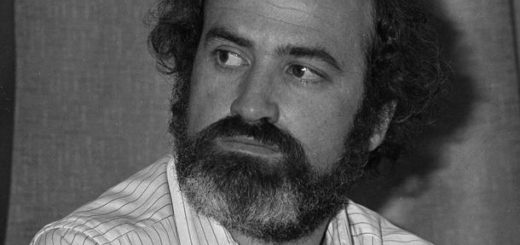
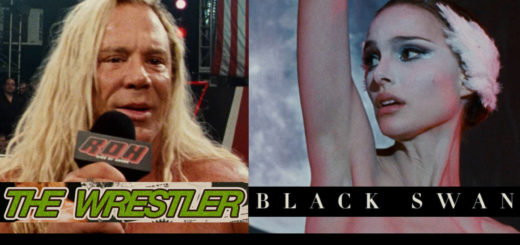
Great piece Jack!